The flowers appear in July, great big spikes composed of tiny florets. These spikes can be 30cm or more in length and a handspan across. These are produced on current season growth, which is why this buddleja is summer to autumn flowering. The bush can be just allowed to grow if there is space to fill and it will make a large bush or small tree to three or four metres tall and wide. Or it can be cut back hard in early spring, when the bush will throw up shoots to two metres or more in the single season with large flowers at the tips. These flowers tend to open later than those on unpruned bushes, because the plant has to make up a lot of new growth before flowering.
Because it’s late flowering, the butterfly bush, Buddleja davidii, is very useful in a shrub border or a mixed border in summer. The colour range from pale lilac to dark purple is ideal for contrasting with the very many late summer yellow flowers especially the daisy-type flowers. The flowers have a warm honey smell.
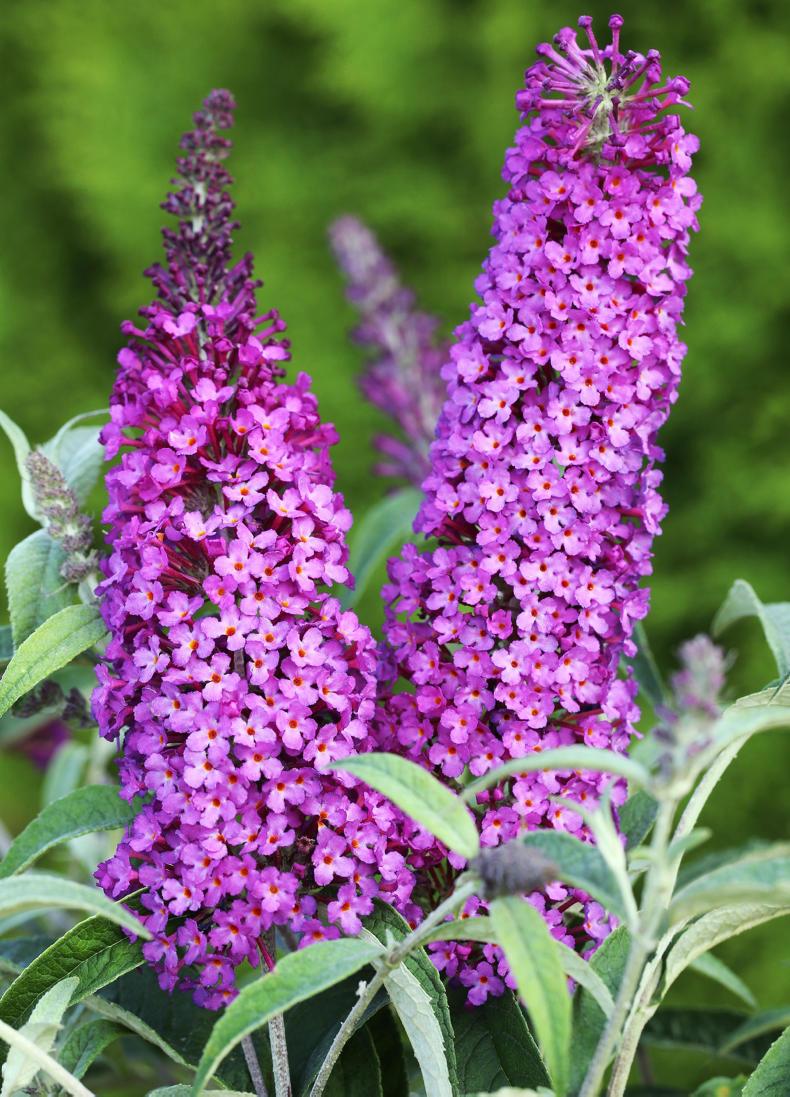
Buddleja Buzz pink.
A range of named varieties have colours from deepest wine-purple to pure white, with lots of shades of violet blue, such as ‘Empire Blue’ and ‘Lochinch’, purple red such as ‘Royal Red’ and pink-lilac ‘Pink Pearl’. A new series of buddleja varieties called ‘Buzz’ has been launched and flower well without getting too large. A couple of plants of the butterfly bush can give a great lift to a tiring border in late summer.
Quite different, but clearly related, is the orange ball tree, Buddleja globosa, which has small rounded bright orange flowers. These are a completely different shape but a closer look will confirm the resemblance with masses of tiny trumpets comprising each perfectly rounded ball. This species is bigger than the common butterfly bush, reaching to five metres and more, high and wide, and making more of a small tree that the other species.
With a weeping appearance, Buddleja alternifolia, is a tall bush with flexible stems that sweep down in a lovely display of lilac-pink flowers and is very fragrant. Buddleja crispa is another arching species, also quite large, with woolly white-grey leaves and dainty smallish snub-nosed flower spikes in pink-lilac, a lovely combination of colours. It is often grown on a wall because it is a little tender. Buddleja colvilei forms a big upright bush or small tree with hanging short spikes of dark pink flowers in late spring or early summer.
All of the buddlejas are easy plants to grow, except that the not fully hardy Buddleja crispa needs some extra protection in cold districts. They all form big bushes or small trees, and some kinds are arching or drooping. The foliage on many sorts is good, often with a greyish touch that sets off the flowers well. The role for the butterfly bushes is back of border where they can be backdrop for other flowers but still show their own colour to good advantage. The buddlejas like well-drained soil, but not too dry, and fertile but not too rich or they are inclined to be very leafy and soft, often blowing over. And yes, they are butterfly magnets.
Trees begin to look unhealthy with poor growth and with die-back of twigs at the branch ends. Horse chestnut scale seems to attack chestnut, lime, sycamore, hawthorn, birch, plane tree and maple. Trees that are not growing well – or are light growers anyway such as birch or Japanese maple – are likely to suffer dieback and poor growth.
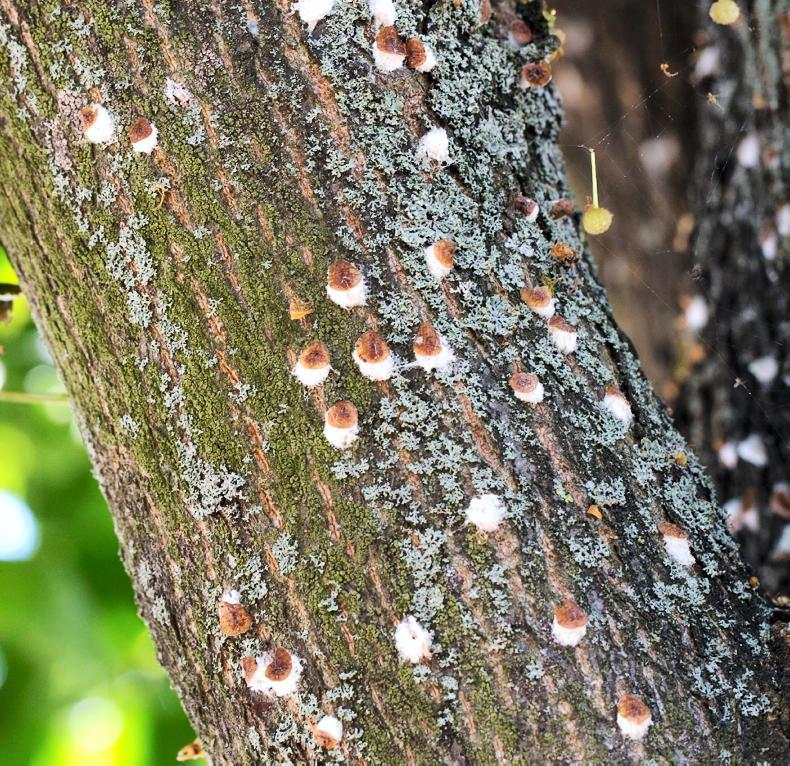
Horse Chestnut scale.
The presence of large, raised, limpet-like insects will confirm the diagnosis of horse chestnut scale. Very large numbers of these pests can attach themselves to the trunk and branches of trees, penetrating the bark with their feeding tube and drawing quantities of sap from the tree. Apart from the unsightly nature of the pest, a low level of infestation will not be significant and no control measures are necessary. If the numbers build up dramatically, as they usually do, it will not be necessary to spray unless the tree is affected. In this case, the scale insects can be sprayed with oil/water suspension with soap, or a systemic insecticide, especially during summer.
Fruit, vegetables and herbs
Repeat sow vegetables if the soil is in good condition. Sow the salad vegetables that mature quickly. Peas could still be sown but are unlikely to give much unless cool, damp weather conditions suit them. Plant out winter cabbage varieties, if not already done. If apple and pear trees are carrying too may fruitlets, it is worthwhile to thin them out by at least half.
Trees, shrubs and roses
Cold northerly winds and some warm weather put a lot of young shrubs and trees under serious pressure. Rain that has fallen may not be enough and they all should be checked for water requirements. If there is no sign of active growth, give a good heavy watering every two weeks. Early-flowering shrub roses and ramblers that have now finished could be pruned.
Lawns
The blades of the mower can be raised in a dry spell by one notch to give the grass a bit more scope. It depends on how the weather goes, but the moisture reserves deep in the soil might not be replenished now until autumn and this means that lawns will struggle in the coming weeks. Feed only when heavy persistent rain is due.
Flowers
Bedding plants in pots and baskets are now in need of regular watering and feeding. Because the roots have now filled the pots, watering has become more critical. Feeding every two weeks or so is essential to keep the plants going after the first flush. Seeds of perennial flowers such as lupins, mallows and foxgloves could be sown now for flowering next year.
Greenhouse and house plants
Train and side-shoot tomatoes and cucumbers. Take cuttings of all kinds – especially roses and clematis now. Watch for red spider and spray with water to increase humidity. Continue watering and feeding all greenhouse plants and house plants. Be certain to water plants in pots or growbags regularly because these can easily dry out.
The flowers appear in July, great big spikes composed of tiny florets. These spikes can be 30cm or more in length and a handspan across. These are produced on current season growth, which is why this buddleja is summer to autumn flowering. The bush can be just allowed to grow if there is space to fill and it will make a large bush or small tree to three or four metres tall and wide. Or it can be cut back hard in early spring, when the bush will throw up shoots to two metres or more in the single season with large flowers at the tips. These flowers tend to open later than those on unpruned bushes, because the plant has to make up a lot of new growth before flowering.
Because it’s late flowering, the butterfly bush, Buddleja davidii, is very useful in a shrub border or a mixed border in summer. The colour range from pale lilac to dark purple is ideal for contrasting with the very many late summer yellow flowers especially the daisy-type flowers. The flowers have a warm honey smell.

Buddleja Buzz pink.
A range of named varieties have colours from deepest wine-purple to pure white, with lots of shades of violet blue, such as ‘Empire Blue’ and ‘Lochinch’, purple red such as ‘Royal Red’ and pink-lilac ‘Pink Pearl’. A new series of buddleja varieties called ‘Buzz’ has been launched and flower well without getting too large. A couple of plants of the butterfly bush can give a great lift to a tiring border in late summer.
Quite different, but clearly related, is the orange ball tree, Buddleja globosa, which has small rounded bright orange flowers. These are a completely different shape but a closer look will confirm the resemblance with masses of tiny trumpets comprising each perfectly rounded ball. This species is bigger than the common butterfly bush, reaching to five metres and more, high and wide, and making more of a small tree that the other species.
With a weeping appearance, Buddleja alternifolia, is a tall bush with flexible stems that sweep down in a lovely display of lilac-pink flowers and is very fragrant. Buddleja crispa is another arching species, also quite large, with woolly white-grey leaves and dainty smallish snub-nosed flower spikes in pink-lilac, a lovely combination of colours. It is often grown on a wall because it is a little tender. Buddleja colvilei forms a big upright bush or small tree with hanging short spikes of dark pink flowers in late spring or early summer.
All of the buddlejas are easy plants to grow, except that the not fully hardy Buddleja crispa needs some extra protection in cold districts. They all form big bushes or small trees, and some kinds are arching or drooping. The foliage on many sorts is good, often with a greyish touch that sets off the flowers well. The role for the butterfly bushes is back of border where they can be backdrop for other flowers but still show their own colour to good advantage. The buddlejas like well-drained soil, but not too dry, and fertile but not too rich or they are inclined to be very leafy and soft, often blowing over. And yes, they are butterfly magnets.
Trees begin to look unhealthy with poor growth and with die-back of twigs at the branch ends. Horse chestnut scale seems to attack chestnut, lime, sycamore, hawthorn, birch, plane tree and maple. Trees that are not growing well – or are light growers anyway such as birch or Japanese maple – are likely to suffer dieback and poor growth.

Horse Chestnut scale.
The presence of large, raised, limpet-like insects will confirm the diagnosis of horse chestnut scale. Very large numbers of these pests can attach themselves to the trunk and branches of trees, penetrating the bark with their feeding tube and drawing quantities of sap from the tree. Apart from the unsightly nature of the pest, a low level of infestation will not be significant and no control measures are necessary. If the numbers build up dramatically, as they usually do, it will not be necessary to spray unless the tree is affected. In this case, the scale insects can be sprayed with oil/water suspension with soap, or a systemic insecticide, especially during summer.
Fruit, vegetables and herbs
Repeat sow vegetables if the soil is in good condition. Sow the salad vegetables that mature quickly. Peas could still be sown but are unlikely to give much unless cool, damp weather conditions suit them. Plant out winter cabbage varieties, if not already done. If apple and pear trees are carrying too may fruitlets, it is worthwhile to thin them out by at least half.
Trees, shrubs and roses
Cold northerly winds and some warm weather put a lot of young shrubs and trees under serious pressure. Rain that has fallen may not be enough and they all should be checked for water requirements. If there is no sign of active growth, give a good heavy watering every two weeks. Early-flowering shrub roses and ramblers that have now finished could be pruned.
Lawns
The blades of the mower can be raised in a dry spell by one notch to give the grass a bit more scope. It depends on how the weather goes, but the moisture reserves deep in the soil might not be replenished now until autumn and this means that lawns will struggle in the coming weeks. Feed only when heavy persistent rain is due.
Flowers
Bedding plants in pots and baskets are now in need of regular watering and feeding. Because the roots have now filled the pots, watering has become more critical. Feeding every two weeks or so is essential to keep the plants going after the first flush. Seeds of perennial flowers such as lupins, mallows and foxgloves could be sown now for flowering next year.
Greenhouse and house plants
Train and side-shoot tomatoes and cucumbers. Take cuttings of all kinds – especially roses and clematis now. Watch for red spider and spray with water to increase humidity. Continue watering and feeding all greenhouse plants and house plants. Be certain to water plants in pots or growbags regularly because these can easily dry out.







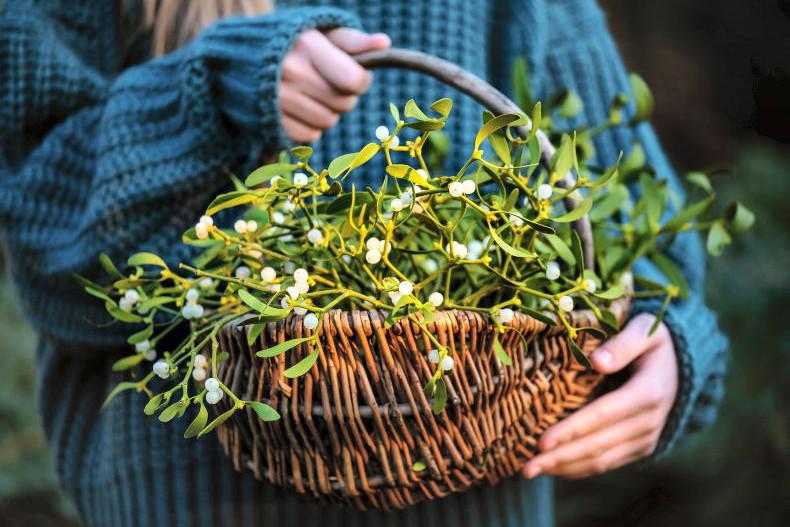
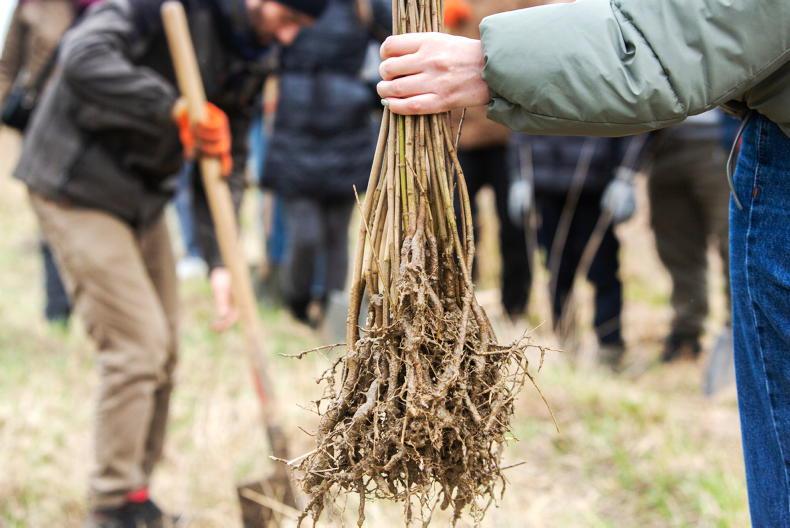

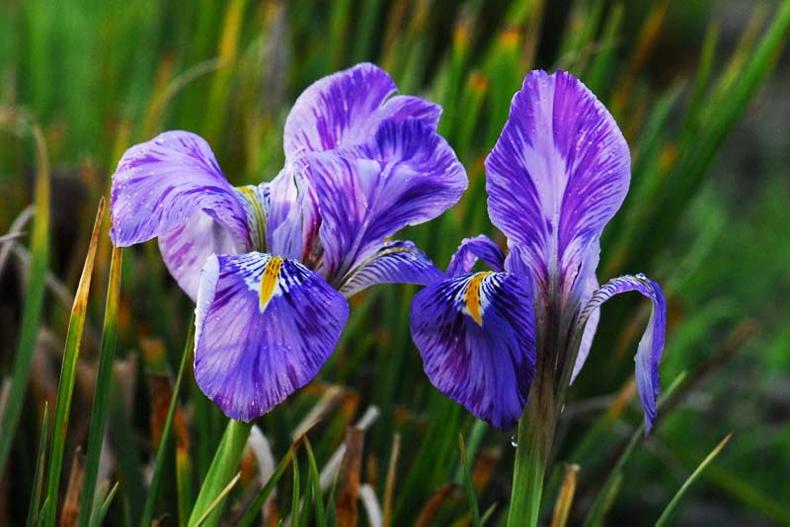
SHARING OPTIONS